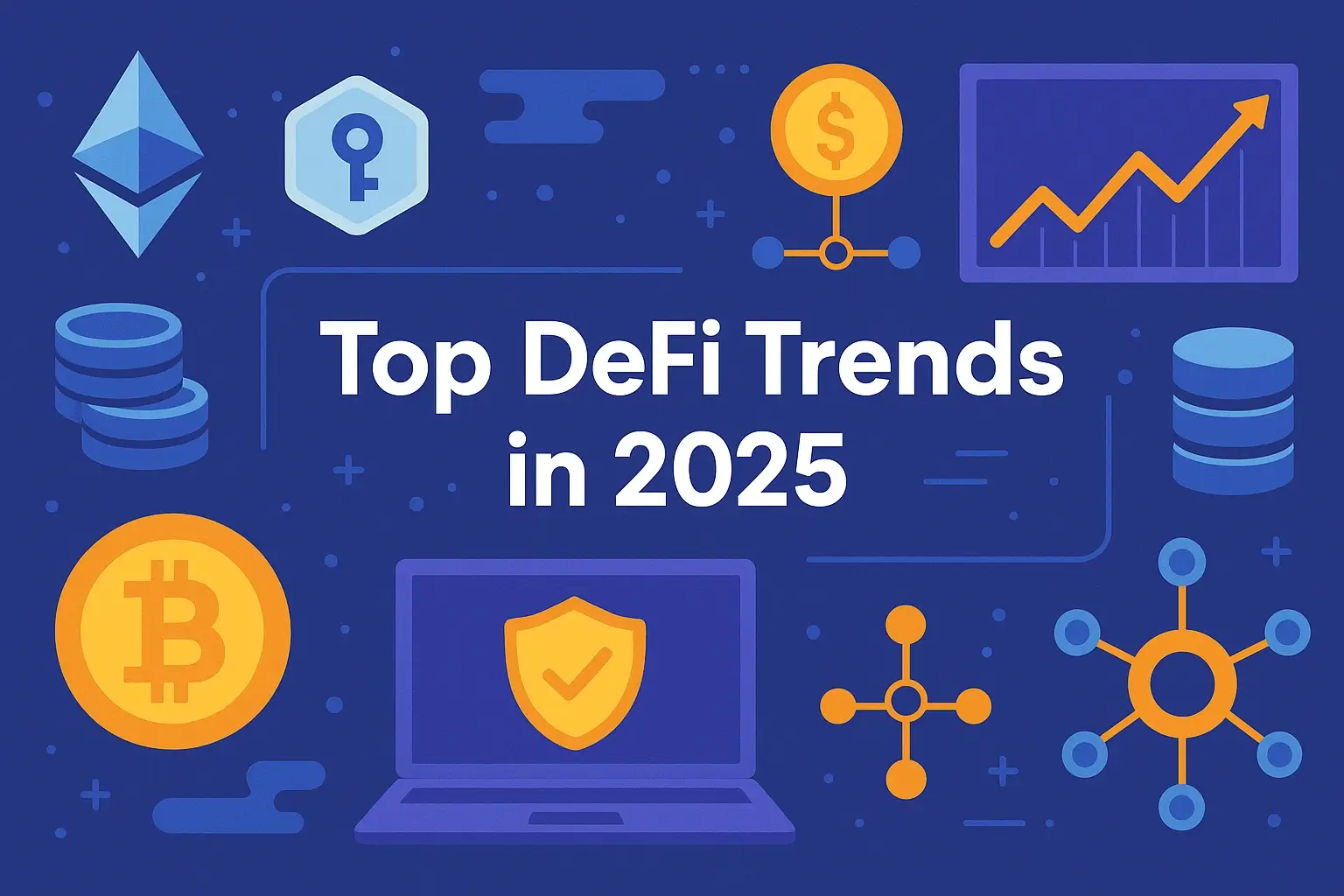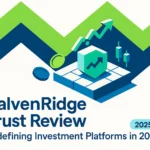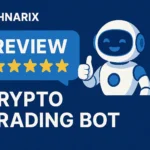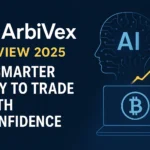Decentralized Finance (DeFi) has evolved from a disruptive experiment into a core pillar of the blockchain ecosystem. In 2025, DeFi is no longer just about swapping tokens or earning yields — it is redefining traditional finance by integrating real-world assets (RWAs), boosting cross-chain liquidity, embracing regulatory frameworks, and spawning a wave of unicorn startups with billion-dollar valuations.
This article dives deep into the major DeFi trends of 2025 and highlights the most valuable unicorns reshaping the landscape of global finance.
Key DeFi Trends in 2025
1. Tokenization of Real-World Assets (RWAs)
The tokenization of RWAs — such as real estate, bonds, and commodities — has emerged as a central theme in 2025. Projects like Centrifuge, Goldfinch, and Ondo Finance are leading the charge, enabling DeFi protocols to collateralize loans with stable, real-world assets rather than volatile crypto tokens.
Benefits of RWA Tokenization:
- Increased stability for DeFi lending protocols
- Onboarding institutional capital into DeFi
- Real-world utility for on-chain finance
“Tokenized real-world assets will drive the next $1 trillion into DeFi,” says Michael Bentley, CEO of Euler.
2. Cross-Chain Interoperability Becomes Mainstream
Thanks to advances in zero-knowledge proofs and modular blockchain infrastructure, interoperability between chains has improved significantly. Protocols such as LayerZero, Axelar, and Wormhole are facilitating seamless liquidity transfer across ecosystems like Ethereum, Solana, and Polkadot.
Interoperability protocols in 2025:
| Protocol | Key Feature | Supported Chains |
| LayerZero | Omnichain messaging and liquidity | Ethereum, Arbitrum, Aptos |
| Axelar | Secure cross-chain communication | Cosmos, Avalanche, ETH |
| Wormhole | Bridging assets and NFTs | Solana, ETH, BNB Chain |
3. DeFi Regulations Are No Longer Taboo
Unlike previous years, DeFi builders in 2025 are actively collaborating with regulators to ensure longevity and compliance. Jurisdictions like the European Union, Singapore, and the UAE have begun introducing DeFi-specific frameworks, incentivizing innovation while providing consumer protection.
Examples:
- MiCA’s decentralized finance pilot program in the EU
- MAS sandbox for algorithmic stablecoins in Singapore
- UAE’s DeFi licensing regime for DAOs
4. AI-Enhanced DeFi Protocols
Artificial Intelligence (AI) is optimizing everything from on-chain risk analysis to automated market making. Emerging protocols now deploy AI agents to manage portfolios, optimize trading strategies, and prevent liquidation risks.
Notable integrations:
- Aave’s risk assessment AI layer
- Morpho’s AI-powered lending rates optimization
- Dynamic collateral thresholds based on market volatility
5. Sustainability and Green Finance in DeFi
In 2025, climate-related finance has entered the decentralized domain. Green bonds and carbon credit marketplaces are becoming integral to ESG-focused DeFi. Platforms like Toucan Protocol and KlimaDAO are onboarding institutional investors focused on sustainability.
“Carbon credits on-chain are a gateway to real-world impact,” explains Anna Lerner, CEO of Climate Collective.
Unicorn Companies in DeFi (2025 Edition)
As DeFi matures, several startups have achieved unicorn status, exceeding $1 billion in valuation either through token capitalization or venture funding. These companies are the backbone of the decentralized financial system in 2025.
Top DeFi Unicorns in 2025
| Company | Valuation | Core Product | Key Innovations |
| Uniswap Labs | $10B+ | DEX & liquidity provision | UniswapX aggregator & hooks |
| Aave Companies | $6.5B | Lending protocol | Cross-chain liquidity layer |
| EigenLayer | $3B | Restaking infrastructure | Modular security economy |
| MakerDAO | $4.2B | Stablecoin (DAI) + RWA vaults | Monetizing real-world assets |
| LayerZero Labs | $3.8B | Cross-chain messaging protocol | Omnichain token abstraction |
More DeFi Unicorns Reshaping the Industry
Beyond the flagship protocols, a wave of second-generation DeFi startups has crossed the $1B valuation threshold by focusing on underexplored niches such as derivatives, fixed income, and insurance.
Emerging Unicorns and Their Niches
| Company | Valuation | Sector/Niche | Key Features |
| Synthetix | $2.1B | Synthetic assets | Deep liquidity for on-chain derivatives |
| dYdX | $2.8B | Perpetual trading | Advanced order books, L2 scalability |
| Pendle Finance | $1.2B | Yield tokenization | Future yield trading and fixed income |
| Nexus Mutual | $1.1B | DeFi insurance | On-chain mutual risk protection |
| Ribbon Finance | $1.3B | Structured products | DeFi options vaults and risk-managed strategies |
These companies are now the Goldman Sachs and BlackRock of the on-chain world — but governed by token holders and executed via smart contracts.
DeFi Governance: DAOs in 2025
Governance Gets Professionalized
DAOs (Decentralized Autonomous Organizations) in 2025 have matured into structured entities, increasingly adopting “delegate councils,” working groups, and off-chain coordination tools (like Discourse, Snapshot, and Tally) to streamline decisions.
Trends in DAO Governance:
- Delegation 2.0: Trusted experts represent passive voters
- Revenue-sharing models: Protocol profits distributed to token holders
- Legal wrappers: DAOs register as legal entities in crypto-friendly jurisdictions
“DAOs will be the default governance model for financial products in the next decade.” — Linda Xie, Scalar Capital
CeFi and DeFi: Strategic Convergence
The boundary between centralized finance (CeFi) and decentralized finance is dissolving in 2025. Major exchanges and banks now integrate DeFi protocols natively.
Examples of DeFi-CeFi Integration:
- Coinbase integrates Aave vaults directly into its wallet UX
- Binance launches “CeDeFi” staking through Curve
- JP Morgan experiments with blockchain-based lending via MakerDAO’s RWA vaults
This collaboration boosts trust, liquidity, and usability, especially for institutional players.
Recommended reading: What is DeFi Liquidity Mining?
Adoption Metrics: Who’s Using DeFi in 2025?
With better UX, lower gas fees, and regulatory clarity, user adoption of DeFi has surged:
2025 DeFi Usage Statistics (Estimated):
| Metric | Value (2025) | Growth Since 2022 |
| Active DeFi users | 45 million+ | +350% |
| Total Value Locked (TVL) | $320 billion | +280% |
| Institutional capital in DeFi | $65 billion | +600% |
| Stablecoin market cap in DeFi | $215 billion | +250% |
| Average wallet transactions/month | 50+ | +400% |
“DeFi is no longer a niche — it’s where the most innovative financial products are being built.” — Hester Peirce, SEC Commissioner
Major Risks and Challenges in 2025
Despite the progress, DeFi in 2025 faces persistent and new challenges.
Key Risks:
- Smart contract exploits: Despite audits, bugs remain a threat
- Oracle manipulation: Cross-chain price feeds need stronger verification
- Protocol governance attacks: Low voter turnout opens governance to whales
- Regulatory overreach: Some jurisdictions still take a restrictive stance
Proactive security models (like EigenLayer restaking, circuit breakers, and insurance vaults) are increasingly deployed to mitigate these risks.
DeFi in 2030: What Comes After the Unicorn Phase?
While 2025 marks a period of explosive institutional entry and unicorn proliferation, many experts look further ahead toward “DeFi 3.0” — a version of finance that is fully embedded in everyday infrastructure.
Predicted Long-Term Trends:
- Global stablecoins as default cross-border payment rails
- Composable open finance replacing APIs in fintech
- Tokenized real-world assets (RWAs) forming the bulk of collateral
- DeFi embedded into wallets, neobanks, and social apps by default
- AI-powered yield optimizers managing passive portfolios for retail users
“In ten years, using DeFi will feel like using email today — seamless, invisible, and essential.”
— Tarun Chitra, Gauntlet Network
Expert Quotes on the DeFi Future
“We’re watching the rise of an entirely parallel financial system — borderless, permissionless, and unstoppable.”
— Balaji Srinivasan
“The next generation of financial infrastructure will be governed by code and communities, not committees.”
— Stani Kulechov, Aave
“DeFi is not about displacing banks — it’s about offering alternatives they never could.”
— Camila Russo, The Defiant
Conclusion: The DeFi Frontier in 2025
The DeFi landscape in 2025 is more robust, more regulated, and more valuable than ever. The emergence of unicorns signals not just hype, but product-market fit, institutional validation, and global adoption.
As DeFi becomes more user-friendly, compliant, and embedded in the broader financial ecosystem, it’s poised to serve as the backbone of programmable finance. Unicorn companies are leading the charge — but the next giants might not even be here yet.
FAQ — DeFi Trends and Unicorns in 2025
Q1: What defines a DeFi unicorn?
A DeFi unicorn is a decentralized finance startup or protocol with a valuation over $1 billion, often calculated via its token market cap or venture funding.
Q2: Which DeFi protocols lead the sector in 2025?
Protocols like Uniswap, MakerDAO, Lido, Aave, and Curve remain dominant, while new unicorns like Pendle, Synthetix, and Ribbon Finance are rising fast.
Q3: Is DeFi regulated in 2025?
Yes, in many jurisdictions. Regulatory frameworks focus on consumer protection, KYC for fiat on-ramps, and risk disclosures, while allowing core protocol innovation to continue.
Q4: What role does AI play in DeFi now?
AI is widely used for risk modeling, yield optimization, on-chain data analysis, and detecting smart contract anomalies.
Q5: What is the most significant challenge DeFi faces in 2025?
The primary issues are security (smart contract vulnerabilities), governance participation, and navigating uneven global regulation.







